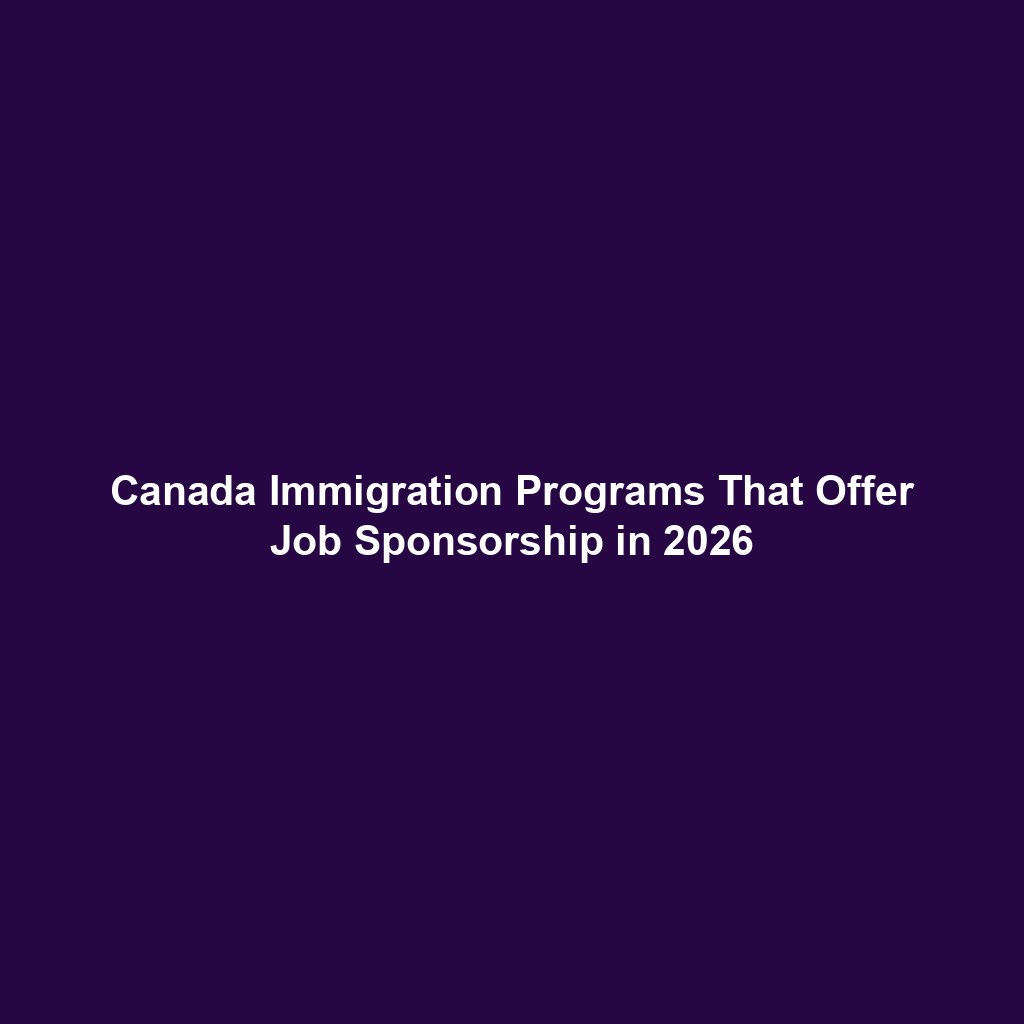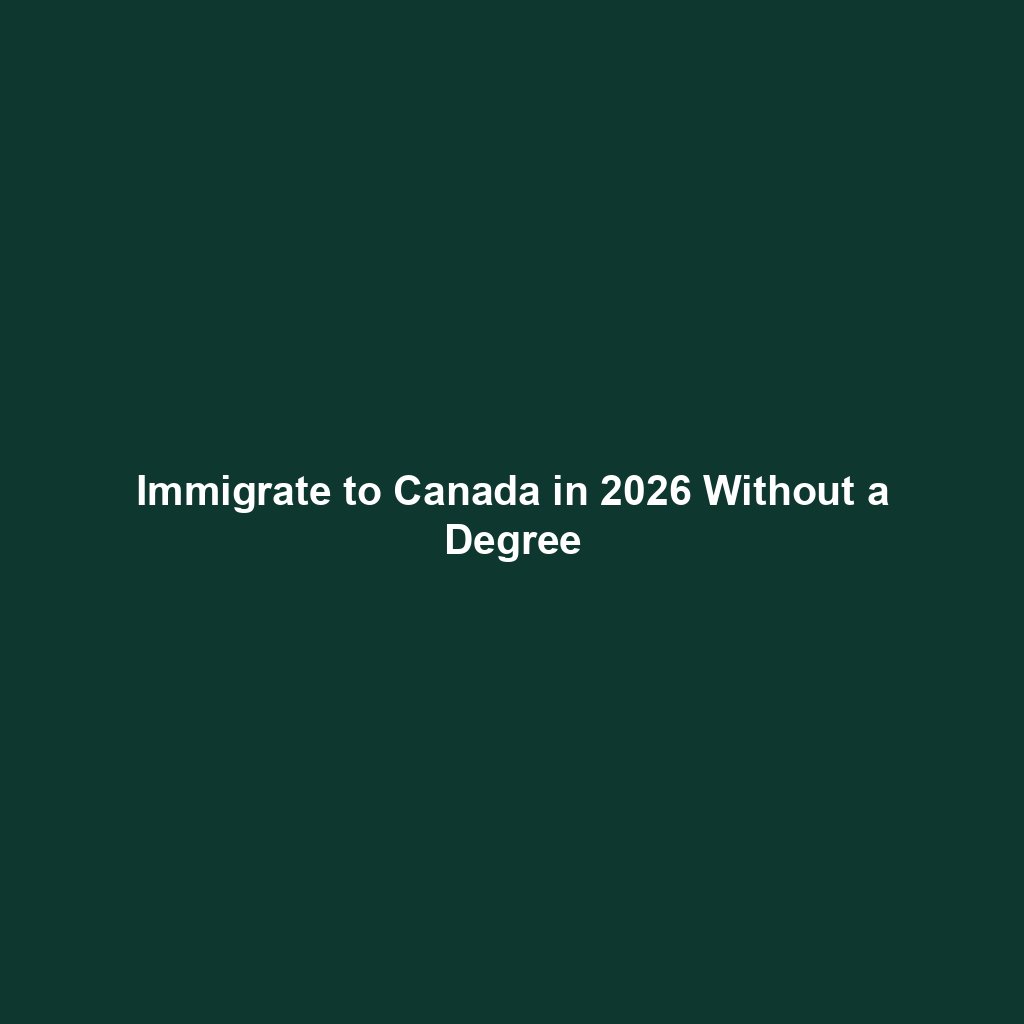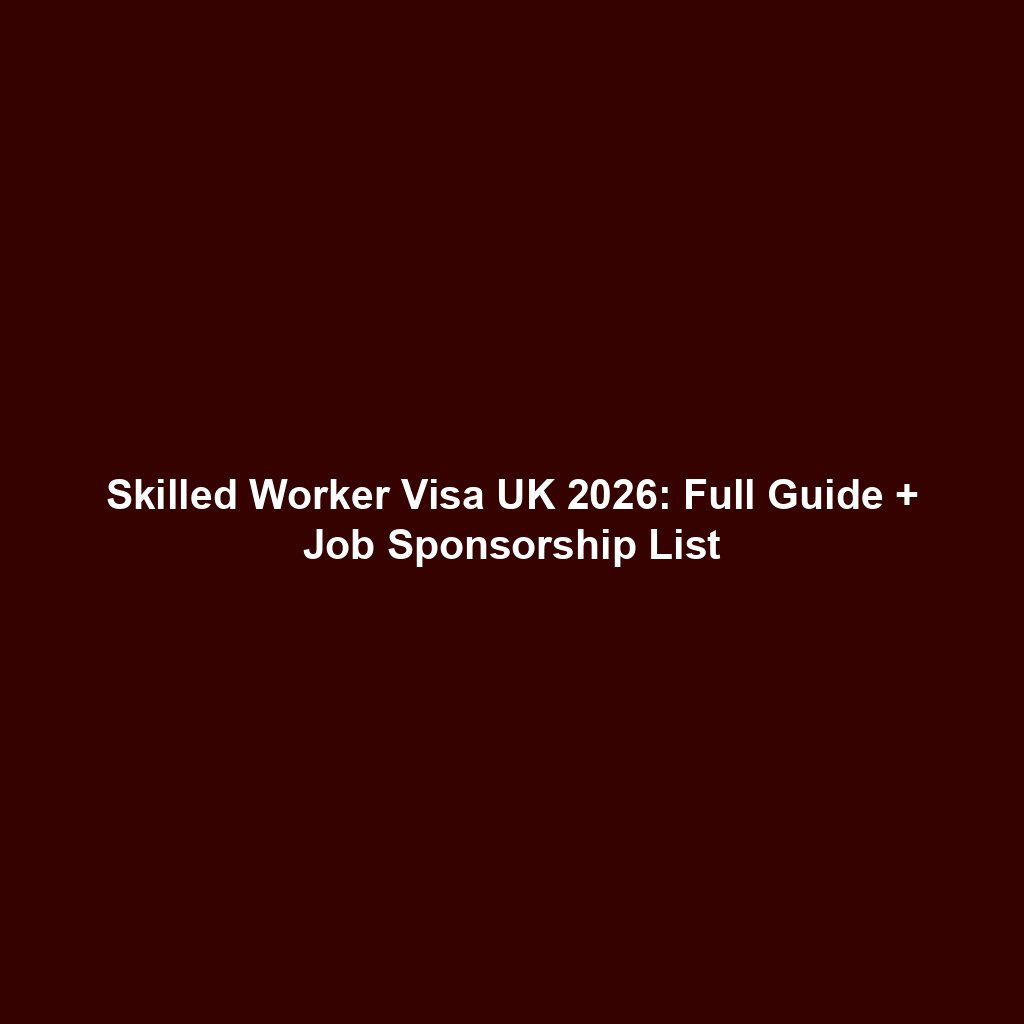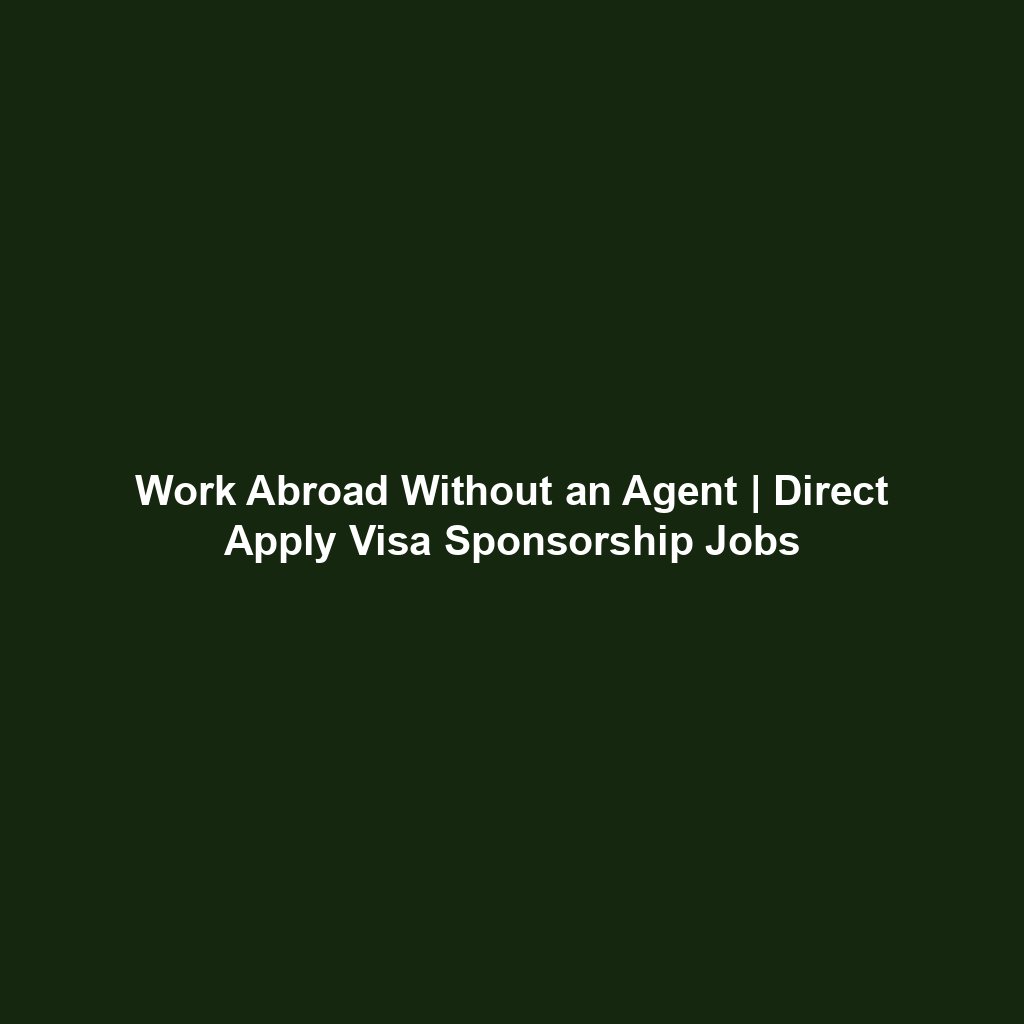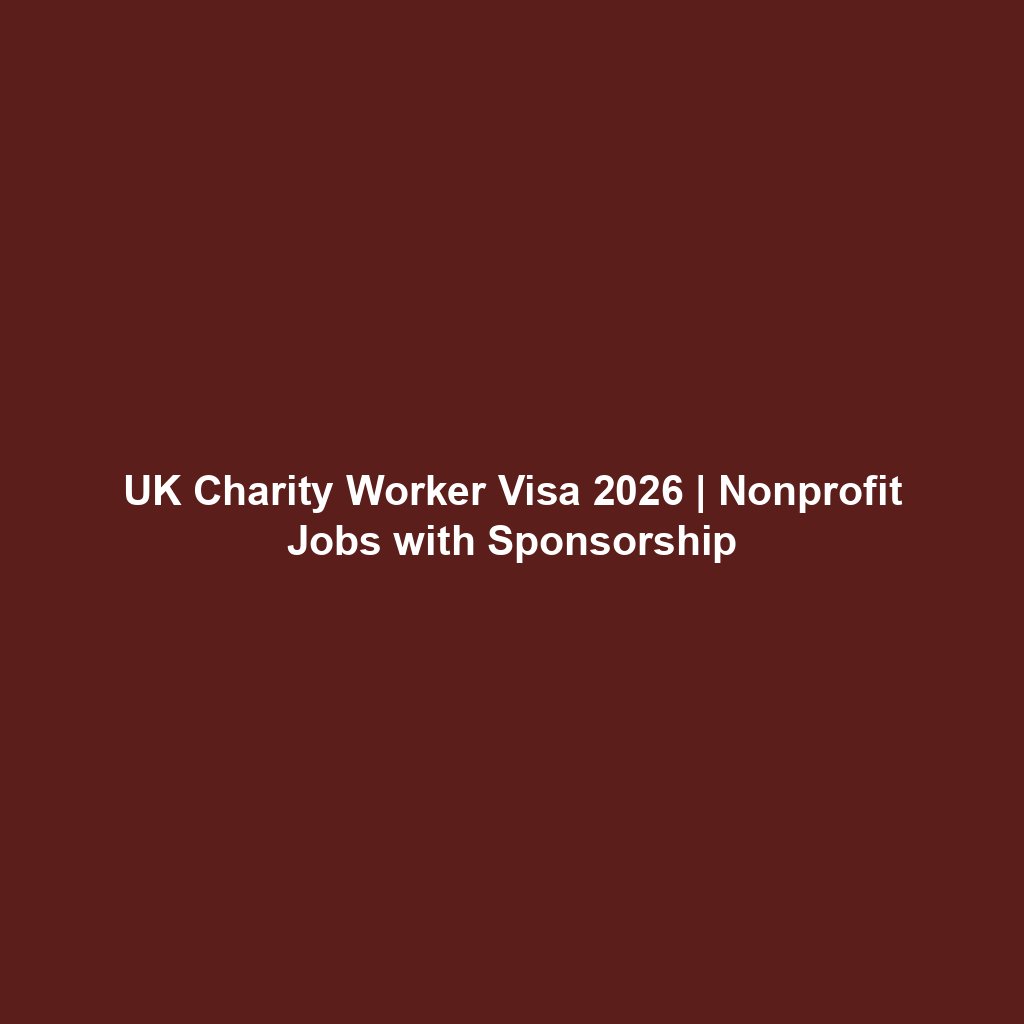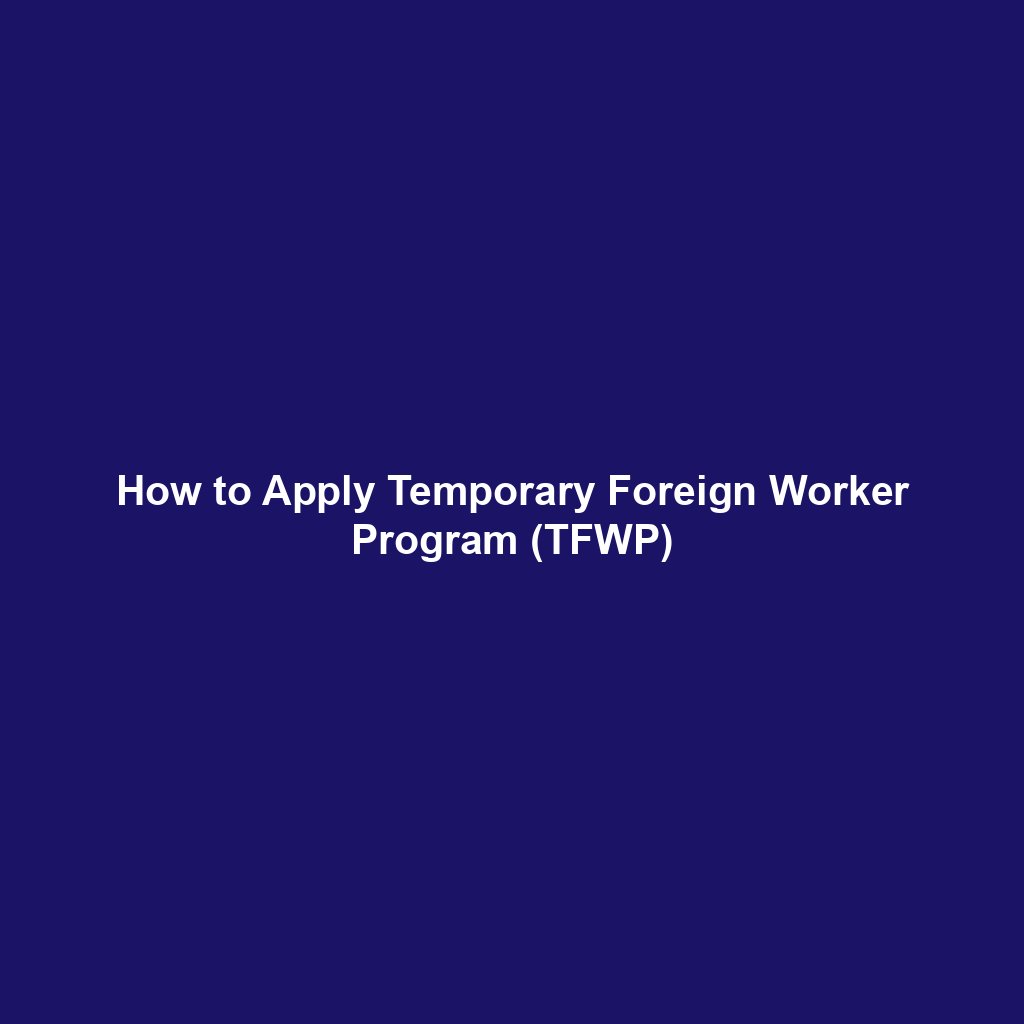Looking to move to Canada with job sponsorship? Discover the top Canada immigration programs in 2026 that offer employer-backed work permits, visa sponsorship, and pathways to permanent residency.
Secure a Sponsored Job & Move to Canada
Are you dreaming of living and working in Canada in 2026 but don’t know how to get started—especially without a job lined up? The good news is that Canada offers several immigration programs that provide job sponsorship opportunities, especially for foreign workers in high-demand and labor-shortage occupations. These programs allow Canadian employers to hire skilled or unskilled foreign workers through structured pathways that support both temporary work permits and permanent residency.
With Canada facing ongoing labor shortages across multiple industries—including agriculture, healthcare, construction, and hospitality—the government has created various employer-backed immigration streams to help fill those gaps. These programs make it easier than ever to get sponsored by a Canadian company, even while living abroad.
This blog post will walk you through the top Canadian immigration programs that offer job sponsorship in 2026, how they work, who qualifies, and how to apply. If you’re serious about moving to Canada through a legitimate and supported channel, read on to find the best pathway for your career and migration goals.
Key Highlights
- 🇨🇦 Canada offers both federal and provincial immigration programs with employer sponsorship.
- 💼 Sponsored jobs lead to work permits, PR (permanent residence), and long-term residency options.
- 📝 Some programs require job offers and LMIA, while others streamline the process via designated employers.
- 🌍 Open to both skilled and unskilled workers depending on the program.
- ✅ Multiple pathways, including the Temporary Foreign Worker Program, PNPs, AIP, and the Global Talent Stream.
Canada Immigration Programs That Offer Job Sponsorship in 2026
1. Temporary Foreign Worker Program (TFWP)
The TFWP allows Canadian employers to hire foreign nationals for jobs they cannot fill locally. To sponsor a worker, employers must first obtain a Labour Market Impact Assessment (LMIA), proving the need for a foreign employee.
Who Can Apply:
- Skilled or unskilled workers
- Applicants with an LMIA-approved job offer
- Workers in industries like agriculture, caregiving, construction, and food processing
Benefits:
- Employer sponsorship
- Work permit (valid for up to 2 years)
- Possible pathway to PR via Canadian Experience Class or PNP
📍 Learn more: TFWP – Canada.ca
2. Provincial Nominee Program (PNP) – Employer Job Offer Streams
Each Canadian province runs its own PNP to attract workers who can support their economic needs. Many provinces offer Employer Job Offer streams, allowing local businesses to sponsor foreign workers for immigration.
Popular PNPs with Sponsorship Streams:
- Ontario Immigrant Nominee Program (OINP)
- British Columbia Provincial Nominee Program (BC PNP)
- Alberta Advantage Immigration Program (AAIP)
- Saskatchewan Immigrant Nominee Program (SINP)
Requirements:
- Valid job offer from a provincial employer
- Employer may need to be pre-approved or registered
- Some provinces waive LMIA if the employer meets criteria
Benefits:
- Direct path to permanent residency
- Fast-tracked applications
- PR for skilled and semi-skilled workers
📍 View provincial programs: PNPs Overview – Canada.ca
3. Atlantic Immigration Program (AIP)
The Atlantic Immigration Program is a permanent immigration stream targeting Canada’s Atlantic provinces—Nova Scotia, New Brunswick, Prince Edward Island, and Newfoundland & Labrador. Employers can directly hire foreign nationals through a designated process.
Who Qualifies:
- Foreign workers with job offers from AIP-designated employers
- Candidates with a high school diploma and basic language skills
- Skilled or intermediate-level workers
What Makes AIP Unique:
- No LMIA required
- Employer support with settlement services
- Faster processing (as little as 6 months)
- Leads to permanent residency
📍 Find employers and info: AIP – Canada.ca
4. Agri-Food Pilot Program
This pilot is designed to help Canada meet labor demands in the meat processing, greenhouse, and animal production sectors. Employers in these industries can sponsor foreign workers with job offers under specific NOC codes.
Eligible Roles:
- Meat cutters
- General farm workers
- Harvesting laborers
- Greenhouse workers
Key Advantages:
- No LMIA needed in some cases
- Pathway to PR after one year of experience in Canada
- Lower language and education requirements
Requirements:
- Full-time, non-seasonal job offer
- 12-month Canadian work experience in agri-food
- CLB 4 language score or higher
📍 Full details: Agri-Food Pilot – Canada.ca
5. Global Talent Stream (GTS)
Part of Canada’s Global Skills Strategy, the Global Talent Stream allows tech and highly-skilled employers to fast-track international hires. It’s ideal for software engineers, data analysts, and IT professionals.
Eligibility:
- Job offer in high-demand tech occupations
- Employer is eligible or referred by a designated partner
- High wages and in-demand skills
Benefits:
- Work permit processing in 2 weeks
- No advertising requirement
- LMIA required, but simplified process
📍 Read more: GTS Info – Canada.ca
6. Rural and Northern Immigration Pilot (RNIP)
This pilot program connects immigrants with job opportunities in small rural communities. Employers in these communities are allowed to sponsor foreign workers directly.
Participating Communities:
- Brandon, Manitoba
- Thunder Bay, Ontario
- Moose Jaw, Saskatchewan
- Vernon, BC, and more
Eligibility:
- Job offer in participating rural town
- Community recommendation
- Relevant experience or education
Advantages:
- Employer sponsorship
- Permanent residency pathway
- Ideal for those who want quieter, affordable living
📍 Explore: RNIP Program Guide
How to Apply for Job-Sponsored Immigration Programs in Canada
1. Search for LMIA or Designated Employers
Use trusted job portals to find employers that sponsor foreign workers:
2. Tailor Your Resume for Canadian Employers
Ensure your resume meets Canadian standards:
- Clear, concise, and max 2 pages
- Include work history, language skills, and references
- Avoid unnecessary personal details
3. Apply for Jobs & Attend Interviews
After applying, some employers may conduct interviews online. Make sure your documents are ready, including:
- Valid passport
- Proof of education or experience
- IELTS or language score (if needed)
4. Secure a Job Offer & Employer Support
Once selected, your employer will:
- Apply for LMIA (if applicable)
- Provide a formal job offer
- Help you prepare documentation for work permit or PR application
5. Submit Your Immigration Application
Based on the program, you may be eligible for:
- Temporary Work Permit
- Permanent Residency via Express Entry or PNP
Always check the official IRCC portal for fees and timelines:
📍 IRCC Portal
Conclusion: Your Next Step Toward a Job-Sponsored Life in Canada
If you’re ready to work hard and bring your skills to a country that values immigrant labor, Canada is one of the best options available in 2026. Whether you’re a farm worker, tech professional, caregiver, or warehouse worker, there’s a program that fits your profile.
Job sponsorship opens the door to a legal and structured way to live and work in Canada. With programs like the TFWP, PNP, AIP, and RNIP, many immigrants now find it easier than ever to make the move—with the help of Canadian employers.
👉 Start your journey now. Research the right program, apply to the right employers, and secure your spot in Canada’s growing workforce.
FAQs –
1. What is an LMIA and why is it important?
An LMIA (Labour Market Impact Assessment) is a document proving that no Canadian worker is available to fill a job, allowing an employer to hire a foreign worker. It’s crucial for most job-sponsored programs.
2. Can I get permanent residency through job sponsorship?
Yes. Many employer-sponsored programs like AIP, RNIP, and certain PNP streams offer direct pathways to permanent residency in Canada.
3. Do I need a degree to apply for these programs?
Not always. Some programs accept unskilled or semi-skilled workers, especially in agriculture, caregiving, and construction sectors.
4. How long does job-sponsored immigration take?
Timelines vary. GTS offers work permits in 2 weeks, while PR streams like PNP or AIP may take 6–12 months depending on documentation and processing.
5. Are these programs open to applicants from all countries?
Yes. As long as you meet the job and immigration requirements, your country of origin doesn’t matter. However, processing times may vary by location.
